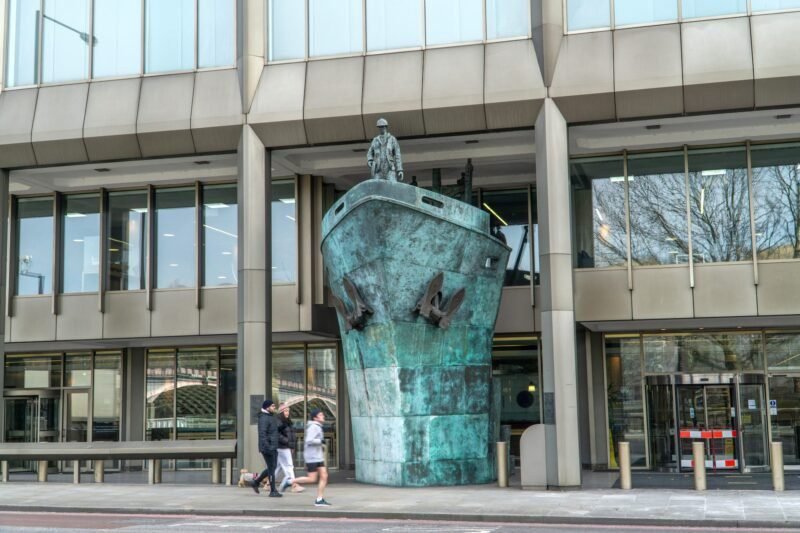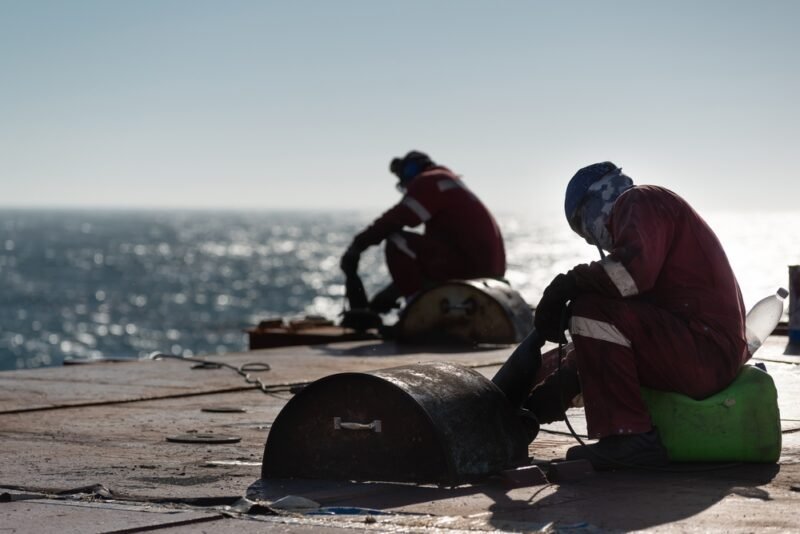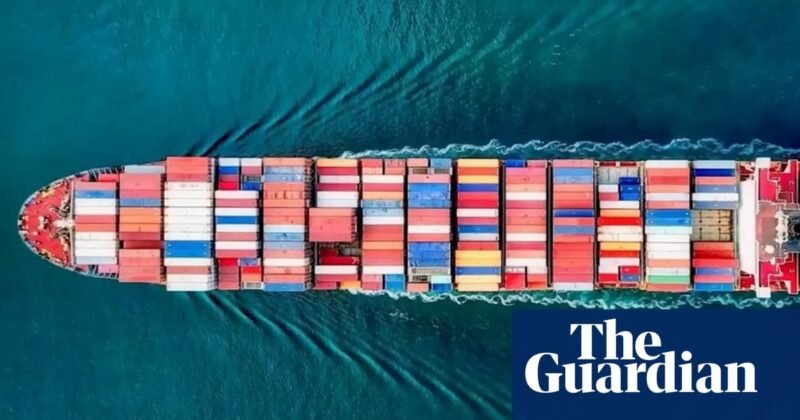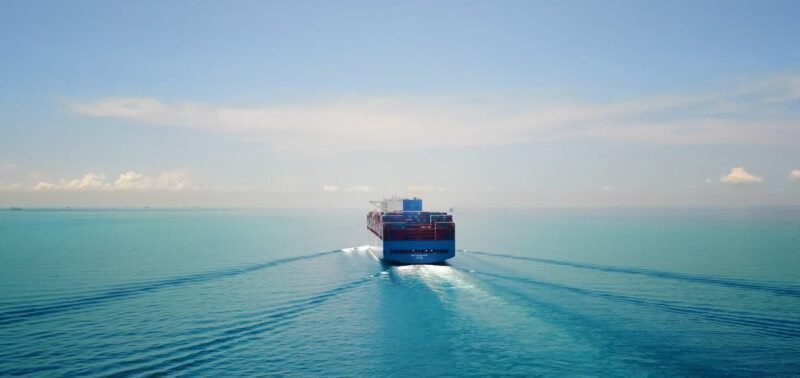The shipping industry is on the brink of facing a global, mandatory levy on greenhouse gas emissions, making it the world’s first of its kind. The International Maritime Organization (IMO) is moving forward with plans to implement this levy, finalizing details next year and launching it by 2027. The levy aims to address the significant environmental impact of an industry responsible for 80% of global trade and emitting over a billion tons of carbon dioxide annually.
While the timeline for the levy is set, there is uncertainty surrounding its effectiveness and implementation. Various proposals have been put forward, including a minimum emissions fee of $150 per tonne of CO2 equivalent, which could significantly increase shippers’ fuel costs. The challenge lies in determining how the levy will be raised, where the funds will go, and what the appropriate price point should be.
The IMO’s levy is expected to be the first globally binding price on greenhouse gas emissions, with no other industry discussion reaching this stage. Alongside the levy, the IMO is also working on regulations to gradually reduce the greenhouse gas intensity of ship fuels. The success of these initiatives will depend on the commitment of countries to enforce and support them, with the potential for policy changes depending on future political landscapes.














